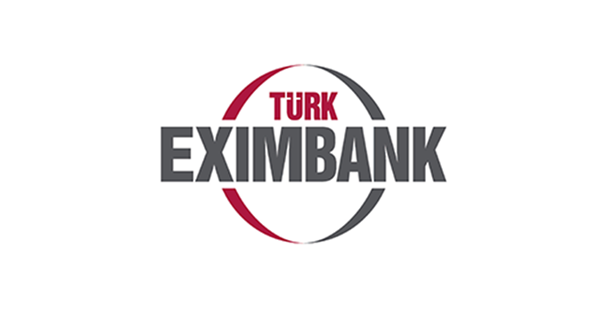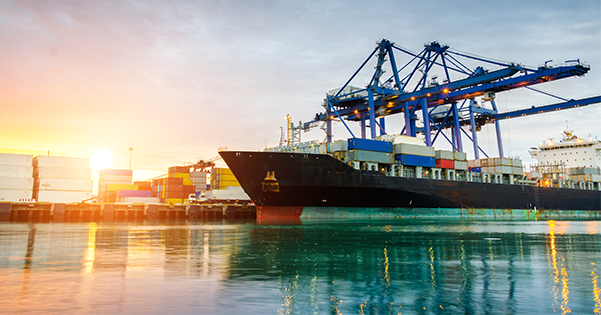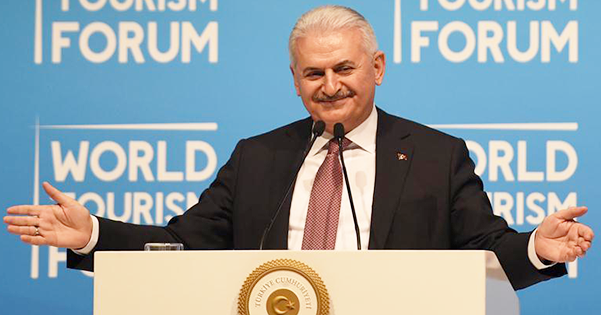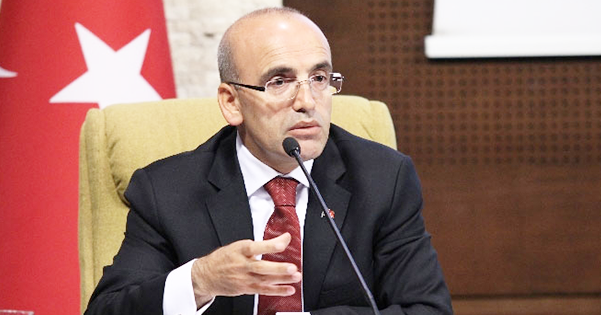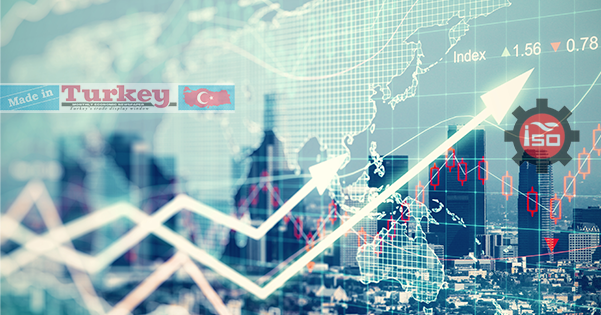Turkey’s Eximbank is set to pour $40 billion in loans and insurance into more than 100,000 companies in 2017 and to launch its own rating system to measure companies’ eligibility for loans, the head of the organization has said.
“We offered $22 billion in loans and $11 billion in insurance in 2016. We backed some 22.7 percent of Turkey’s exports last year. We plan to increase this to 26 percent over this year by offering $40 billion in loans and insurance,” said Türk Eximbank General Manager Adnan Yıldırım in a press meeting late on Feb. 15.
He said the lender planned to reach around 100,000 companies in 2017 – 65 percent of which were composed of exporters.
Yıldırım said some improvements in loan offers were underway.
“We will offer loans in line with the results of our rating system. In this vein, we will make our own rating system by the end of this year,” he said, according to a follow-up press release.
Yıldırım said 44 percent of export loans are offered by Türk Eximbank in the country through 28 different loan programs.
“Compared to other lenders, Türk Eximbank’s lira-based loans offer an average of 6 percentage points of interest rate advantage. This is around 2-2.5 percent in foreign exchange loans. We are about to provide new advantages in the upcoming period,” he added.
According to Yıldırım, big exporters will also be able to benefit from Eximbank’s loans by presenting collaterals from the Credit Guarantee Fund (KGF), just as their smaller counterparts can. Yıldırım also said Türk Eximbank wanted to improve its ties with foreign eximbanks.
Türk Eximbank already has deals with U.S. and Russian-Kyrgyz counterparts and will soon sign a cooperation deal with Italy’s Eximbank on Feb. 22, Yıldırım said. “We also plan to clinch deals with the U.K. and Belgium.”
KGF General Manager İsmet Gergerli emphasized the importance of recently announced financial support for the real sector and exporters on the road to ensuring Turkey meets its foreign exchange needs.
“While our credit volume was 20 billion liras in the past, this figure has recently increased to 250 billion liras. We had a limited cooperation with Eximbank in the past. This has changed as well. We offered loans to small- and medium-scaled enterprises (SMEs) from our own sources in the last 25 years. However, only 11 percent of our exporters are composed of SMEs, and the remaining 89 percent are not. It was not possible for us to boost our exports only by offering financial support to SMEs. In this vein, we have all decided to offer loans to non-SMEs. We have also eased the bureaucratic procedures for all exporters,” he said, adding that the collateral applications were met in less than 24 hours.
“We offered collaterals to 23,000 companies in the last three weeks,” added Gergerl
hina said on Feb. 3 it has never used its currency as a tool to gain an advantage in trade and was not seeking a “currency war”, after U.S. President Donald Trump criticized Beijing for harming American companies and consumers with a devaluation of its yuan.
Throughout his election campaign, Trump threatened to levy punitive tariffs against China in order to bring down the U.S. trade deficit, and any formal declaration of China as a currency manipulator could provide a mechanism for launching that effort.
Trump on Jan. 31 unleashed a barrage of criticism against Japan and China, saying the two key U.S. trading partners were devaluing their currencies.
Japanese policymakers hit back on Feb. 1 at Trump’s accusation, stressing that Japan was abiding by a G-20 agreement to refrain from competitive currency devaluation.
Chinese Foreign Ministry spokesman Lu Kang, in the government’s first response to Trump’s remarks following a week-long recess for the country’s Lunar New Year holiday, said that trade problems between China and the United States should be resolved through talks.
“China has never and won’t use a currency war to seek advantage in trade or to raise competitiveness in trade,” Lu told reporters at a daily news briefing.
“We have no intention of fighting a currency war. From a long-term perspective this is not beneficial to China,” he said.
While China was widely viewed to have held down the value of the yuan to gain a trade advantage five to 10 years ago, many economists say that in the past year, Beijing has been working to prop up the yuan’s value.
China’s central bank has spent hundreds of billions of dollars in reserves to keep the yuan from falling further in the face of capital outflows caused by economic uncertainty. But the currency still fell nearly 7 percent last year, its biggest loss against the dollar since 1994.
Trump’s latest criticism signals a weakening of the U.S. commitment to that agreement among the financial leaders of the world’s top 20 economies, struck after the 2008 financial crisis, that countries would not pursue policies to target exchange rates for competitive purposes.
It was also an indication that the first-term Republican president is prepared to jettison two decades of “strong dollar” policies advocated by predecessors dating back to the Clinton administration.
If the U.S. Treasury Department declares Beijing a currency manipulator, it starts a process under which the Trump administration is required by law to demand special negotiations with Beijing to resolve the issue.
That process could end in punitive duties on Chinese goods aimed at eliminating any advantage that currency manipulation would provide.
#TürkEximbank, #providing, #financing, #produces, #ratingsystem


